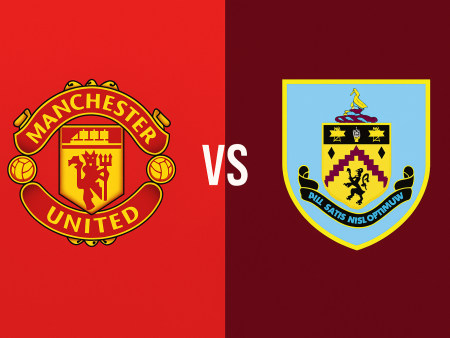The Power of Small-Sided Games in Soccer Training
Small-sided games have revolutionized soccer coaching over the past decade, from grassroots to the professional level. These formats create game scenarios that maximize every player's involvement, offering more opportunities for ball touches, greater exposure to attacking and defensive situations, and increased decision-making under pressure. Coaches benefit as well, with enhanced possibilities for one-on-one instruction and the flexibility to tailor sessions to specific skills or tactical objectives.
Why Adapt Small-Sided Games?
Beyond their basic structure, small-sided games are highly adaptable. By modifying rules, field dimensions, or player roles, coaches can focus on particular aspects of play or introduce novel challenges. Customizing these games helps players develop targeted skills while keeping training engaging and game-like. Here are five innovative ways to adjust small-sided games in your next training session, pushing learning far beyond standard setups.
Fast-Paced Attack: The 10-Second Scoring Rule
Injecting urgency into small-sided games is as simple as introducing a time constraint. With the 10-second scoring rule, the team that gains possession must attempt to score within a 10-second window. This tweak amps up the game's tempo, fostering quick transitions and encouraging decisive, forward-thinking play. Players learn to seize attacking opportunities rapidly, and the rising stakes foster full engagement.
- Promotes rapid build-up and effective counter-attacks
- Encourages dribbling and direct runs toward goal
- Increases frequency of 1v1 situations in attack
Encouraging Tactical Awareness: Mandate a Switch of Play
Teaching players to recognize and exploit space is essential, especially against compact defenses. By requiring players to switch play-moving the ball from one side of the pitch to the other-before attempting to score, coaches can emphasize the importance of width and vision. This simulation helps players adapt to defensive overloads, making them seek and capitalize on open space.
Alternatively, coaches can add incentives for defenders to close down the ball's current side, further underlining the value of switching play. An example: awarding extra points for scoring on the side where the play begins, prompting defenders to focus efforts there and opening up the far side.
- Develops ability to create and exploit space
- Teaches breakdown of organized, compact defenses
- Sharpens long passing and crossing techniques
Positive Reinforcement: Rewarding One-Touch or Two-Touch Passing
Traditional restrictions such as mandatory one- or two-touch play can sometimes make games feel artificial, forcing errors or limiting creativity. Instead, coaches can motivate players by rewarding successful fast-play decisions-like awarding points for effective one- or two-touch passes. This approach nurtures both quick decision-making and situational awareness, allowing players to choose when speed is appropriate versus when to maintain possession.
This philosophy extends to other skills: points can be awarded for overlapping runs, successful crosses, or shots from distance. Rather than punishing mistakes, the focus is on incentivizing desired play.
- Improves tempo and counter-attacking effectiveness
- Enhances player communication and on-field awareness
- Promotes intelligent scanning and reading of the game
Dynamic Play: Two-Touch or Change Direction Rule
Giving players choice while guiding behavior is essential for realistic skill development. Instead of a strict touch limit, implement a rule where players must change direction (via a turn or skill move) after their second touch if they want to retain possession. This encourages both rapid passing and the strategic use of turns or feints to reset play. It helps balance fast play with the important skill of changing angles to evade pressure.
Another variation could involve a skill move as the reset. However, it's important that these skill moves serve a purpose-such as escaping a defender-rather than just fulfilling the rule.
- Highlights when to accelerate or decelerate the pace
- Teaches value of directional changes to maintain possession
- Encourages switching the point of attack
Building Width Into Play: Encourage Wide Attacks Before Scoring
Rather than enforcing a set number of passes before a team can shoot, which can feel disconnected from real match dynamics, coaches can integrate wide play into small-sided games. By designating wide players or channels, and requiring involvement of these areas before a team can score, players gain a better understanding of using width to stretch defenses.
Wide players can be neutral or team-controlled, and may play with unlimited or restricted touches, depending on coaching focus. This setup reflects common match strategies, fostering both creative crossing and intelligent positioning.
- Reinforces the importance of attacking with width
- Stimulates effective use of crossing and out-wide play
- Promotes whole-field awareness and scanning
Key Takeaways for Coaches Using Small-Sided Games
By creatively adjusting the rules and structure of small-sided games, coaches can develop game-realistic scenarios that emphasize skills, tactics, and decision-making without forcing players into unnatural play. The aim is to guide behaviors, spark engagement, and keep learning firmly anchored in real-world match conditions. Experiment with these five modifications to keep your sessions fresh, purposeful, and directly aligned with your coaching goals.













